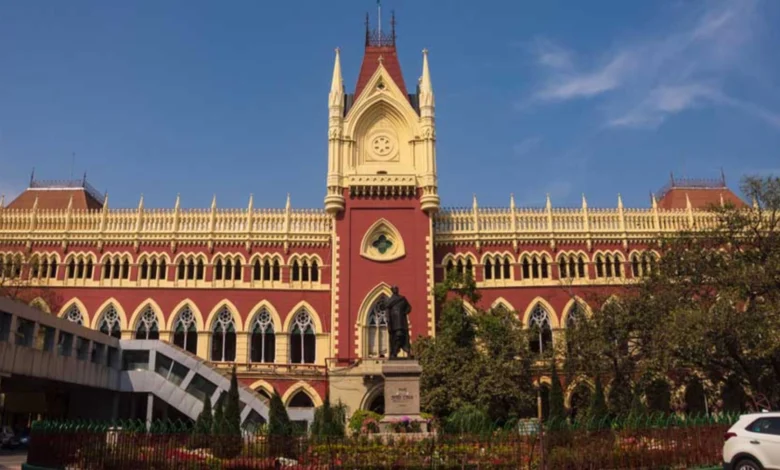Calcutta High Court Upholds Increased Working Hours at Government Mints, Dismisses Workers’ Compensation Claim

| ➡️ Get instant news updates on Whatsapp. Click here to join our Whatsapp Group. |
In a recent ruling, a single judge bench of Justice Shampa Dutt (Paul) dismissed a writ petition that challenged an Industrial Tribunal’s decision. The petition was filed by mint workers seeking compensation for the increase in their working hours. The court upheld the Industrial Tribunal’s award, which had denied compensation for the extended working hours, agreeing that the increase was reasonable when accompanied by improved pay and benefits.
Background of the Dispute
The management of the India Government Mint proposed changing the weekly working hours from 37½ hours to 44 hours, as per the recommendations of the 4th Pay Commission. However, this proposal was rejected by workers in all three mint units in Calcutta, Hyderabad, and Mumbai. In response, the workers formed a Joint Action Committee to oppose the change and protested.
Later, the 5th Pay Commission recommended that these three mint units adopt a 44-hour workweek. The Commission emphasized that keeping the old working hours in these units would be unfair and contrary to the principle of “equal pay for equal work.” The Commission made it clear that all proposed pay increases and additional benefits would only be given if the working hours were raised to 44 hours per week.
The Dispute Process
Following a direction from the Central Administrative Tribunal (CAT) in Calcutta, the matter of providing 19% compensation for the difference between the old 37½ hours and the new 44-hour workweek was forwarded to the Ministry of Finance. The Finance Secretary rejected the idea of compensation, suggesting instead a pay cut for the mints that did not comply with the 44-hour workweek.
After several failed attempts at conciliation, the government referred the matter to a National Tribunal in 2005. The primary question was whether the workers should receive 19% compensation for the increased working hours. However, the Tribunal concluded that the workers were not entitled to any compensation. It found that the decision to extend the working hours was legal and justified.
Court’s Reasoning
The workers were dissatisfied with the Tribunal’s decision and filed a writ petition challenging it. The union argued that the workers deserved compensation for the longer working hours. On the other hand, the management argued that no additional compensation was necessary since the pay and benefits under the 5th Pay Commission had already accounted for the increase in working hours.
The court referenced several legal precedents in its judgment:
- Union of India vs. Calcutta Mint Employees Union (2004): The court emphasized that disputes regarding working conditions should be resolved through proper industrial or labor forums, not through writ jurisdiction.
- Haryana State Minor Irrigation Tubewells Corporation vs. G.S. Uppal (2008): The court noted that decisions related to pay fixation and working hours are primarily an executive function, with limited scope for judicial review. Judicial interference is only justified if the decision is “unreasonable, unjust, and prejudicial” to employees.
- Standard Working Hours in India: The court examined the Factories Act of 1948 and the Shops and Establishment Acts, which set the maximum working hours at 9 hours per day or 48 hours per week. The court noted that the 44-hour workweek at the mints was well within these legal limits.
- Reasonableness of the Extension: The court found that the increase in working hours to 44 hours was not unreasonable or unjust. It acknowledged that pay, perks, and allowances should be adjusted to compensate for the longer working hours, but it ruled that no further compensation was necessary.
Final Decision
In the end, the court dismissed the writ petition, agreeing with the National Industrial Tribunal’s award. The court concluded that the decision to extend the working hours was lawful and justified, and no judicial interference was required.
This ruling clarifies that the increased working hours were within the legal limits and that the workers’ compensation had already been addressed through enhanced pay and benefits. As a result, the workers’ demand for additional compensation was rejected.
